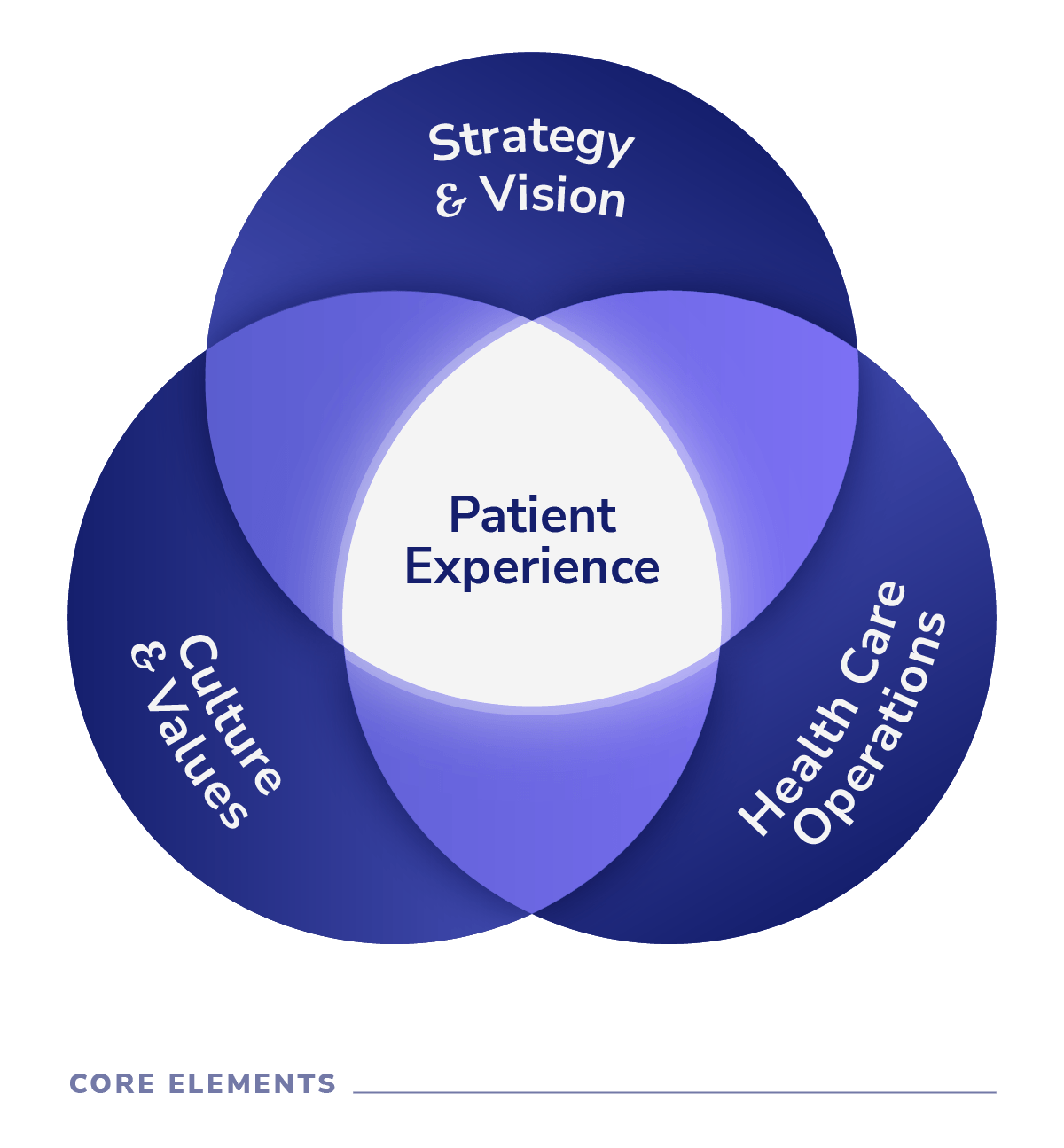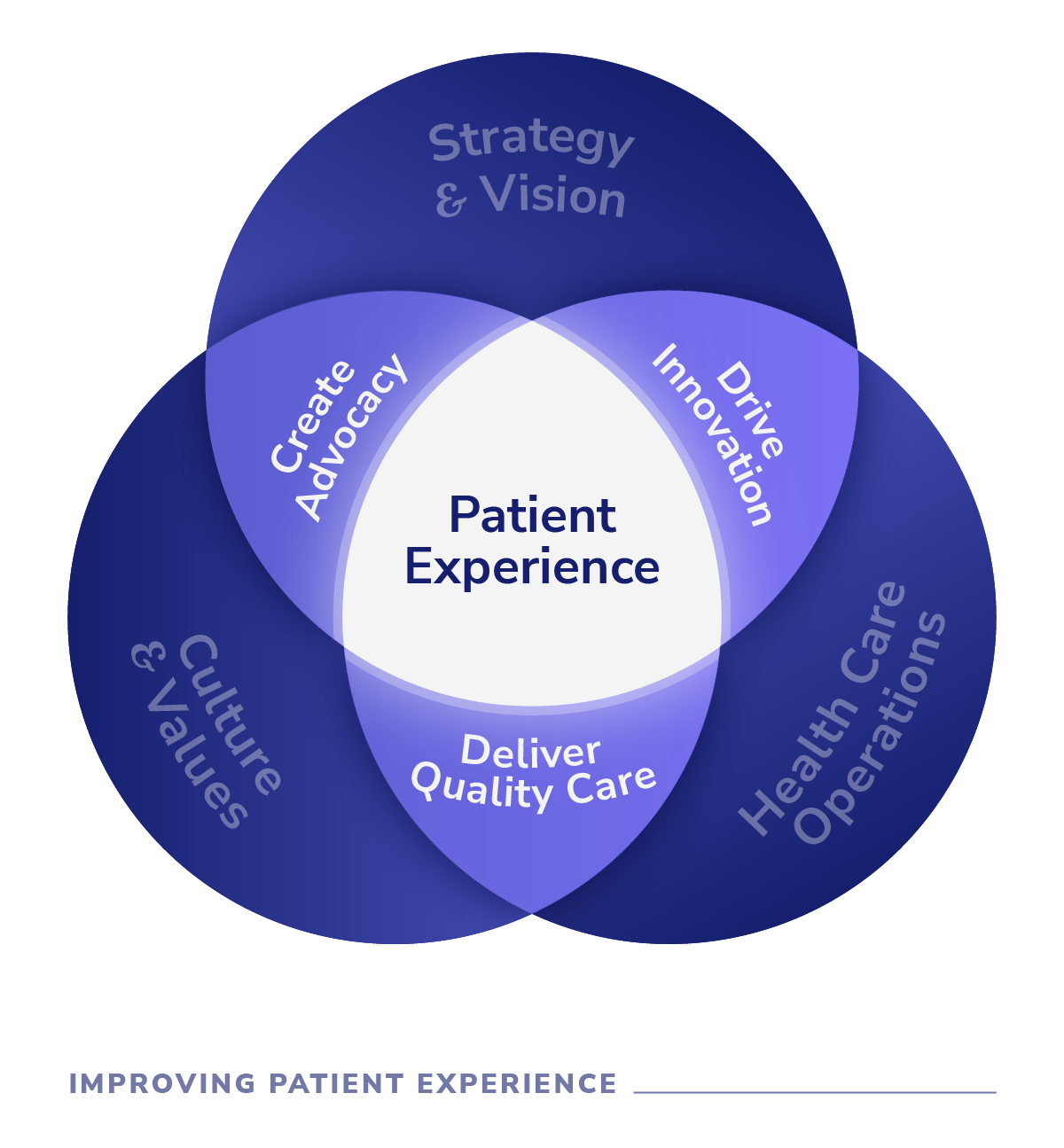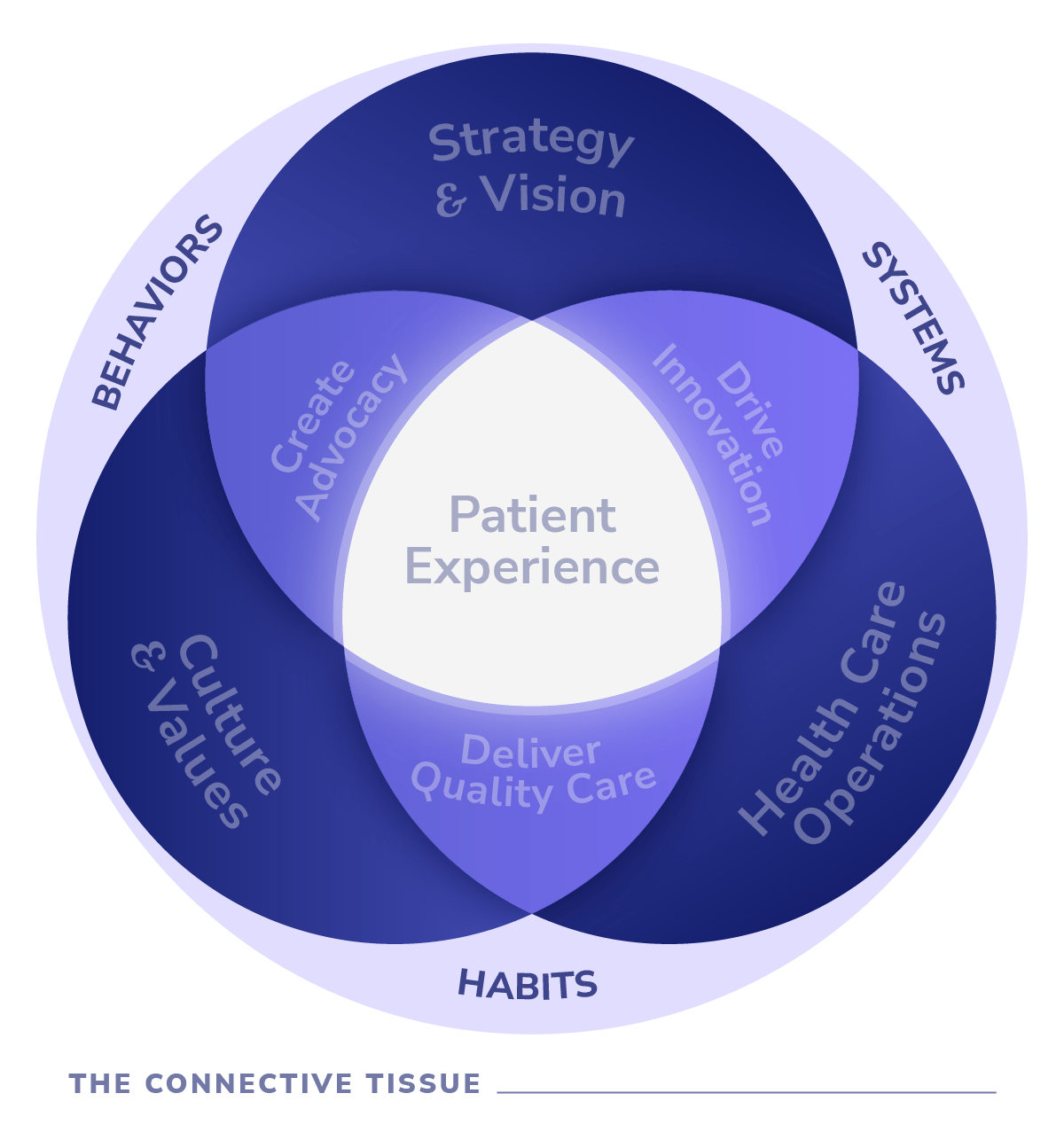Brand building is rarely top of mind for most small-to-medium businesses — and this can be especially true for primary care practices. If you’re running your own practice, your primary concern is for your patients, and it can be all too easy to let day-to-day tasks take priority over considering how to build your brand. Even when considering practical business matters, brand building won’t immediately translate to billable revenue or guarantee that your doors will stay open.
Still, putting in the right amount of time and effort toward building your brand is worth the investment. Taking steps now to deliberately build a more patient-centric brand can have a measurable and enduring impact on the long-term success of your practice.
Healthcare for Life, based out of Eatontown, New Jersey, began their partnership with Pearl Health just last year. Dr. Mildred “Millie” Frantz and her team seem to have uncovered the secret to establishing an effective primary care brand and have built a loyal community of lifelong patients. Throughout this post, I’ll reference ways their practice excels at each component of building an effective and patient-centric brand.
What do we mean by branding and what exactly is brand-building?
When it comes to thinking about a brand, you might imagine a company’s logo or color palette or even recall its tagline. Each of these components is important — though not essential — to a brand’s identity. Branding itself is not just about the visuals and the abstract. Customers often attach meaning to these things based on their personal experiences with those companies and with their products and services.
Put simply: branding is a collection of perceptions that differentiate you from others.
Brand-building involves developing your overall business strategy (e.g. your mission, vision, and goals). It includes optimizing structures and processes necessary to run your practice. It’s how you influence and nurture the values and beliefs of your team — and even the attitudes of your patients themselves. All of these components of effective branding influence your patients’ experiences. In turn, this affects their perceptions of your practice and your reputation.
Said another way: brand-building is all about creating experiences that influence how patients perceive your practice’s services and reputation.
The building blocks for an effective primary care practice brand
Your overall brand is essentially three main elements: your strategy and vision, your health care operations, and your practice’s culture and values. Your patients’ experiences will be positively impacted when these elements are deliberately aligned.

Strategy & Vision
Your practice’s overall plan to realize your aspirations and achieve your goals 1
Health Care Operations
Structures and processes necessary to run your business and provide quality care 2
Culture & Values
Shared beliefs, principles, and basic assumptions that your people bring to work every day 3
Ways to put the patient experience at the center of your brand strategy
Wherever any two elements overlap, it creates opportunities to improve the patient experience. These drivers can also influence your overall business goals and the success of your practice.

Create Advocacy
Establish a loyal customer base that will support and recommend your services, and build a purpose-driven team that will champion you and your practice.

Drive Innovation
Discover new ways to improve care through technology, services, and expanded offerings based on insights and learnings from patient experiences.
With the right vision in place, it’s easier to identify systems and processes that can help you achieve your goals faster. At Pearl Health, this is the area we’re most focused on. We’re working hard to provide you with insights that allow you to identify which patients are most likely to need attention and develop a more complete longitudinal view of patient care journeys across the healthcare system.

Deliver Quality Care
Improve health outcomes through timely, equitable, integrated, and efficient treatment that is consistent with current professional knowledge.5
Providing quality care requires having the right people and processes in place to streamline care delivery. Ultimately, you want to spend less time finding the right people for your team and managing your day-to-day operations. This can free you up to focus on delivering care in a value-based way.

Healthcare for Life
The connective tissue that binds it all together
Ultimately, it’s what you and your staff repeatedly do that is going to help build your brand. It all comes down to the daily habits, systems, and behaviors that will influence the patient experience. These attributes provide for the key enablers of those same characteristics. By driving innovation, we construct more efficient systems tailored to our goals. When you deliver quality care and spend time with your patients, you are reinforcing positive habits. And, when you create an environment of advocacy, you develop workplace behaviors that reinforce your vision and your values.

Habits
What you and your teams do on a regular basis that directly influences care delivery, quality, and patient outcomes.
Success is the product of daily habits — not once-in-a-lifetime transformations.6
Because measurable routines can significantly influence how you and your staff deliver care, the quality of care you deliver can be significantly affected by the habits you adopt and reinforce.7 This in turn affects how you, your staff, and your patients feel about your practice and the experiences patients have.
At Healthcare for Life, a number of patient-centric behaviors are exhibited by the front desk staff. They immediately greet arriving patients warmly and they never let the phone ring more than twice during normal business hours. For patients arriving and checking in, the team ensures that they are aware of just how long their waits might be — if they need to wait at all. These are small actions done several times during the day that culminate in a significant impact. This helps portray the Healthcare for Life brand as a practice that truly cares about their patients — and not just when they are in the exam room.

Systems
Planning and goals that align with enabling effective care, supporting the growth of the business, and developing innovative solutions.
Goals are about the results you want to achieve. Systems are about the processes that lead to those results.8
With the right systems and processes in place, making decisions about your patients’ care will become automatic. This can enable positive behaviors and timely interventions that integrate seamlessly with everyday primary care routines. In Pearl’s technology platform, we developed Patient View to provide your practice with important data from across the healthcare system that you can use before seeing your patients. We also designed Panel View to help you ensure that all of your Medicare patients are on the right care pathways for them.
At Healthcare for Life, the team has effectively adopted other business processes into their practice environment. This has helped streamline much of the work that isn’t directly related to their patients’ care, and has improved the overall quality of patient experiences. For example, staff turnover can disrupt your day-to-day operations, and even negatively affect your brand by degrading the quality of care you provide to your patients. That is, unless you have a process in place.

Behaviors
All of the ways your practice increases patient satisfaction and loyalty while fostering an aligned, ambitious, and mission-driven workplace.
When staff are offered specific behaviors to follow, they know what they’re expected to do and how to be accountable for doing it.9
If you and your staff behave in ways that truly reflect your brand’s culture and values, patients will feel more connected and appreciative. Further, positive organizational behaviors can motivate your teams to take ownership of initiatives, collaborate more effectively, and perform at a higher level.10
Dr. Mildred Frantz treats all of her staff — and even her patients — as extended members of her own family. While on-site, it was amazing to see how large her team was for a relatively small, independent practice. And yet, everyone played a vital role and was committed to helping every patient that walked in the door.

Healthcare for Life
At Pearl Health, our clinical strategy is supporting our providers. We’re passionate about helping them deliver patient-centric care while increasing the value they bring to the healthcare system. Our aim is to advance healthcare equity across the nation with greater access and higher quality care for patients — all at a lower cost. We welcome similarly minded providers to join us on this mission.
To learn more about some of the everyday heroes already partnering with Pearl, be sure to check out our Physician Profiles series.
- Majken Schultz, Mi Antorini Yun, and Fabian F. Csaba, Corporate Branding: Towards the Second Wave of Corporate Branding. Purpose/People/Process. Copenhagen Business School Press DK, 2005.
- Office for Civil Rights (OCR), “A Decision Tool: Health Care Operations.” United States Department of Health and Human Services, June 2017.
- Edgar H. Schein, Organizational Culture and Leadership, 3rd Ed. San Francisco: Jossey-Bass Publishers, 2004.
- Teresa L. Hagan and Elizabeth Baldys, “Patient Education vs. Patient Experiences of Self-advocacy: Changing the Discourse to Support Cancer Survivors,” J Cancer Educ., June 2016.
- “Delivering quality health services: a global imperative for universal health coverage,”
Geneva: World Health Organization, Organisation for Economic Co-operation and Development, and The World Bank, October 2019. - James Clear, Atomic Habits: Tiny Changes, Remarkable Results : An Easy & Proven Way to Build Good Habits & Break Bad Ones. New York, New York. 2019.
- Sebastian Potthoff, Othman Rasul, et al. “The relationship between habit and healthcare professional behaviour in clinical practice: a systematic review and meta-analysis,” Health Psychology Review, January 2019
- Clear, Atomic Habits.
- Rob Wolff. “Corporate Culture: Why Values Aren’t Enough,” CultureWise. March, 2021.
- Nancy Borkowski, Organizational behavior, theory, and design in health care. Sudbury, Mass: Jones and Bartlett Publishers, 2009.


